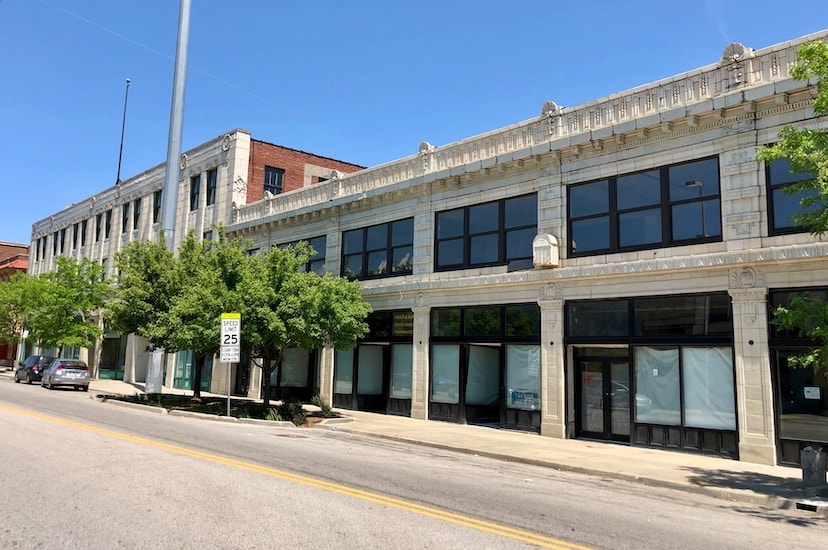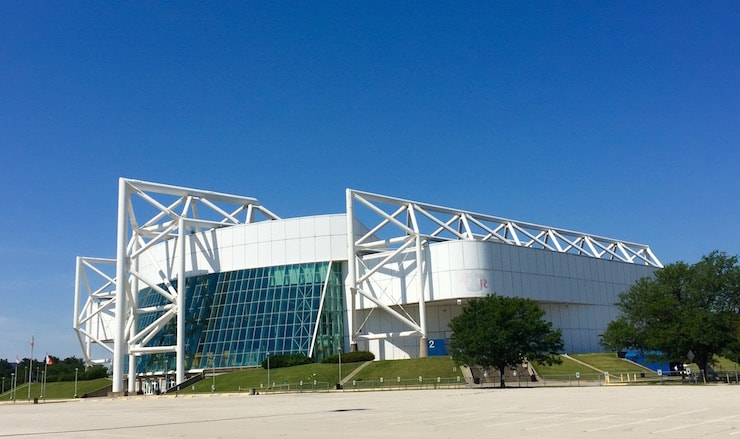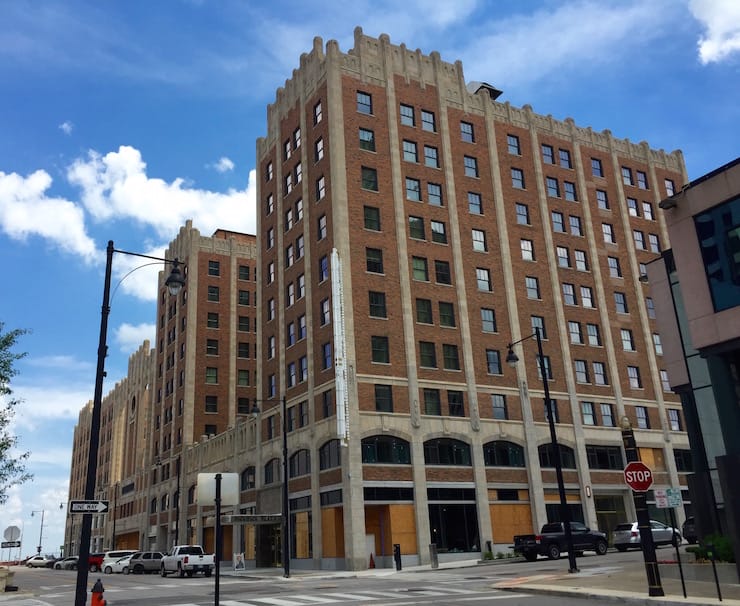State Historic Tax Credit Program Threatened, Major Downtown Redevelopment Tool

Published June 3rd, 2019 at 12:15 PM
GUEST COMMENTARY
By Elizabeth Rosin
In 1998, Missouri enacted a state historic tax credit (HTC) to help property owners rehabilitate historic buildings.
The impact of that legislation is evident when you look around downtown Kansas City.
Today’s vibrant city owes much to the HTC. Since 2001, historic tax credits secured over $2 billion of private investment for Kansas City, leveraging at least $4 for every $1 of tax credits.
The synergy from this activity has spurred additional investment in new construction, in building renovations and even in a streetcar line.
Statewide, 7,200 projects have generated over $8 billion in private investment in seventy-two communities and have created over 72,000 construction jobs and over 22,000 permanent jobs.
The program is effective and has real, positive impacts on communities large and small across the state.
This spring, the Department of Economic Development (DED) issued rules that address legislative changes passed in 2018.
That bill (SB590) effects how the Missouri historic tax credit program is administered in several important ways, and the new rules already are having a chilling effect on historic development statewide.

The former Kemper Arena was converted to the Hy-Vee Arena amateur sports complex with the help of historic tax credits.
First, the amount of credits available each year has been reduced and restructured. This is important because the previous $140 million program cap was exhausted the last several years.
Moving forward, the program is capped annually at $90 million with an additional $30 million reserved for projects in distressed areas, defined as those in designated Qualified Census Tracts and Opportunity Zones.
Reducing the available amount of credits not only reduces the economic development dollars spent in our state, but it could mean significant delays for projects as they wait for funds to become available in the next fiscal year.
(See ‘Ambitious Plan to Revive Historic Troost Business District Proposed’)
This may place fragile historic buildings at risk and lead to the demolition of buildings whose owners choose not to wait for an HTC allocation.
The second significant change is a new system of semi-annual application rounds and a scoring system that will rank applications requesting more than $275,000 in credits.
The scoring process includes requirements that are out of sync with the development process, placing an additional burden on developers trying to utilize the program.
For instance, new rules restrict pre-development soft costs (things like design, engineering, and environmental studies) to a limited period prior to application, which means much of the added expense of assessing feasibility and planning a rehabilitation project will be absorbed by the developer and passed on to future tenants in the form of higher rent costs.
Similarly, applicants must have fully secured all sources of financing as well as a building permit and land use/zoning clearances.
While all of these are critical components of any successful development, the timing imposed by the new HTC rules places the cart before the horse.
Additional points for job creation by the project’s end user will prioritize large commercial rehabs over smaller commercial projects, as well as residential buildings, that have fewer employees.
Evaluating jobs created by a building’s end use not only misses the mark as a gauge of understanding economic activity generated by the rehabilitation, it divorces the process from the overarching goal of reusing historic buildings.
This new scoring metric will prioritize specific uses that may not be best suited for every building’s historic character.

Historic Pickwick Plaza was renovated into the 260-unit East 9 apartment project using historic tax credits.
Large historic institutional buildings, like schools and hospitals that are frequently adapted to provide affordable housing may no longer qualify for HTC because their end use has fewer employees than an office or retail use.
Additionally, smaller Main Street commercial buildings with less square footage will score lower in this category despite the outsized local impact their preservation can have for a small community.
While everyone wants to make sure that public dollars are spent wisely, it makes sense to support a program that provides a positive return to state and local coffers while encouraging the preservation of our shared cultural heritage.
What is at risk with the changes to the historic tax credit?
Vacant historic school buildings will not be converted into housing or other assets to support their surrounding neighborhoods. Small and mid-size commercial buildings will be demolished, instead of rehabbed.
From our vantage point as consultants on hundreds of successful projects in multiple states, we would like to see the process minimize the additional financial burden of rehabilitation, so that property owners are encouraged to rehab historic buildings rather than turn to new construction.
As the final rule-making process plays out this summer, we hope that Missouri’s HTC program will once again have a predicable path to accessing the credits that provides certainty to project owners and to lenders so that historic rehabilitation will remain a catalytic force in our local economies.
Elizabeth Rosin is owner of Rosin Preservation, a historic preservation firm in Kansas City with a portfolio that includes Kemper Arena, the Oklahoma State Capitol and the Empire State Building.


